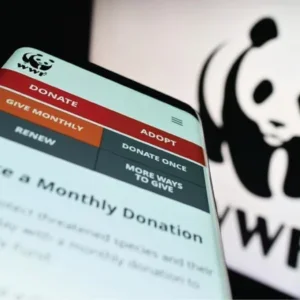Representatives from Japan’s Nishikawa Living, a major buyer of Australian lambskins for the past 25 years, recently visited Melbourne for a new project. Katsuya Watanabe and Takashi Hamagushi inspected high density lambskins required for a new product range of bed sheets the company plans to release in Japan. Nishikawa Living will require a minimum of 100,000 skins of consistent fibre density wool, ideally sourced from Merino lambs. Between six to ten of the highest quality skins are processed and combined, to be sold in single and double bed sizes for $3,000-$4,000/bed sheet.
Adrian Knox, of Knox International, Melbourne, which prepared the lambskins, said: ‘Nishikawa wants skins derived basically from a traditional first or second-cross type lamb with a shorn wool length of 35-55mm, averaging at least 25 kg, and preferably pasture raised.
Recent developments in the prime lamb industry have created increased problems for lambskin exporters attempting to source consistent quality skins. The need for producers to maximise carcase weights has caused the national flock to become very mixed, with throwbacks to weaker wool fibre, curly wool and bare-bellies, increasingly affecting lambskin quality.
Twenty years ago one third of prime lambskins were suitable for the Japanese market but currently it is only 10-12%. The recent trend to lot feeding of lambs has reduced the selection opportunities for skin exporters, as lot feeding increased the incidence of matted bellies by producing ‘lazy lambs’ that tend to lie down more often than pasture bred lambs.






